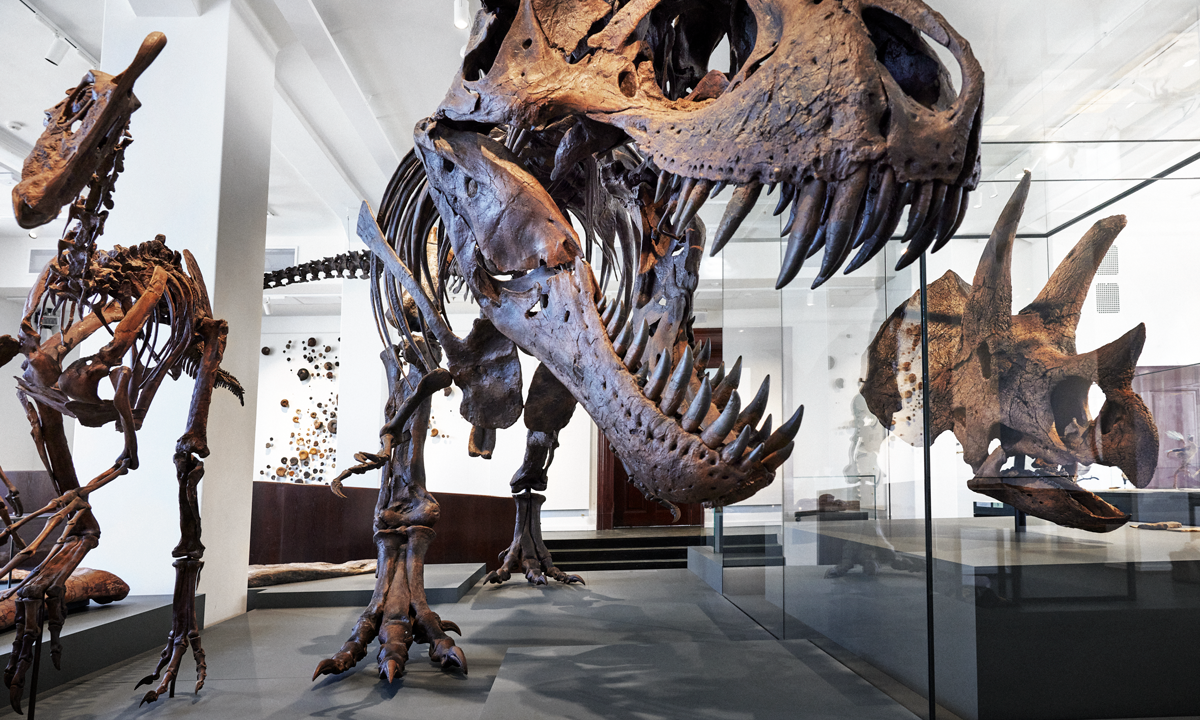For this year’s advent calendar, we have decided to focus on biodiversity, climate and environment. In relationship with climate change and the biodiversity crisis we face due to the ongoing extinction of many species, there is currently a vast amount of research done on the topic. Today, however, I would like to take a step back from present biodiversity issues and travel back in time to a much older event that saw the extinction of many species. One that is not quite a mystery, but not quite solved either. I am talking, of course, about dinosaurs.
I think that dinosaurs have featured prominently in everyone’s science classes and education. For many people, they are the fist thing that come to mind when someone talks about a natural history museum (I can’t count the number of time I had to explain that no, I don’t work with dinosaurs and yes, museums do other things apart from cleaning fossils and making stuffed animals…). For example, the cover picture for today is from our very own museum’s exhibition. When I was a kid, we learned in school that dinosaurs disappeared because of meteor that hit earth, or because of extraordinary volcanic activity, or both, or… well. The details were obviously rather unclear.
That’s why this recent paper by Senel et al. caught my attention and why I wanted to present it for our advent calendar. This study brings some new details about how dinosaurs went extinct. The core of the story doesn’t change. About 66 millions of years ago, a giant meteor falls on Earth (more or less where Mexico is today). The force of the impact provokes tsunamis, forest fires and the famous cloud of dust that will spread in the entire atmosphere. What Senel et al. studied is the composition of this cloud (made of sulfur, soot and silica dust) and in particular the size of the dust particles. They were of around 0,8 µm to 8,0 µm, and Senel et al.’s simulations showed that they probably stayed in the atmosphere for around 15 years, much longer than previously thought. The authors suggest that the dust cloud not only prevented photosynthesis for almost two years, but was also at the origin of a global winter, lowering the temperature at the surface of the earth by 15°C.
I hope you enjoyed this new take on a now classical tale!
![]()
